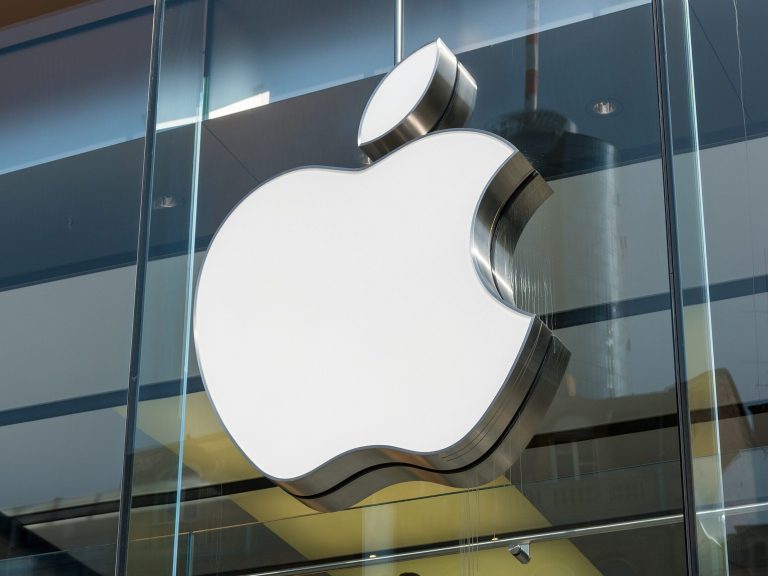Question mark galaxy. Webb’s telescope detected a strange anomaly

The Webb Space Telescope has detected a completely unexpected formation resembling a glowing question mark. Internet users and UFO fans quickly became interested in the delightful case, although the system probably has a scientific explanation.
The James Webb Space Telescope regularly provides scientists and space fans with stunning images and research materials. The latest discovery of the titanic device is a formation resembling … a golden question mark. What is it about?
Cosmic Question Mark – The Webb Telescope has detected a collision of two galaxies
The presentation of the unexpected phenomenon immediately caused a brainstorm on the Internet. Is this a sign from aliens that they don’t understand us? Or maybe many years away great mission like from RPG games?
Astronomers approach the subject a little cooler and scientifically. Researchers indicate that the golden question mark is most likely two independent galaxies. The extremely unusual shape could have been created by their collision.
“Their interaction may be responsible for the change in shape that resembles a question mark.” This may be the first time humanity has managed to spot this particular formation. However, we need more detailed research to find out with greater certainty what a question mark actually is, a representative of the Space Telecope Science Institute explains to journalists.
The unusual image is supposed to be the work of pure chance. The two formations simply merge according to the laws of physics, and in the course of the ongoing process, they took on a form recognizable to humans. It is the only one visible only from the perspective of the Webb Telescope.
The cosmic question mark moved scientists
The galactic punctuation mark caused a small stir among specialists. Professor Matt Caplan of Illinois State University does not rule out that the question mark may be one oddly shaped galaxy, but the two-system theory seems more likely.
– Two separate elements could be galaxies merging. The upper part here would be a larger galaxy, which is affected by the gravitational tides of the second one. Considering the colors of other galaxies in the background – it would not be the worst explanation – considers Prof. Caplan.
Interestingly, the ISU specialist is not that surprised. As he explains, “objects with two curves and bent tails are quite typical” in the processes of merging of two galaxies into one body.






